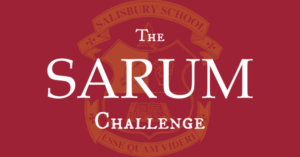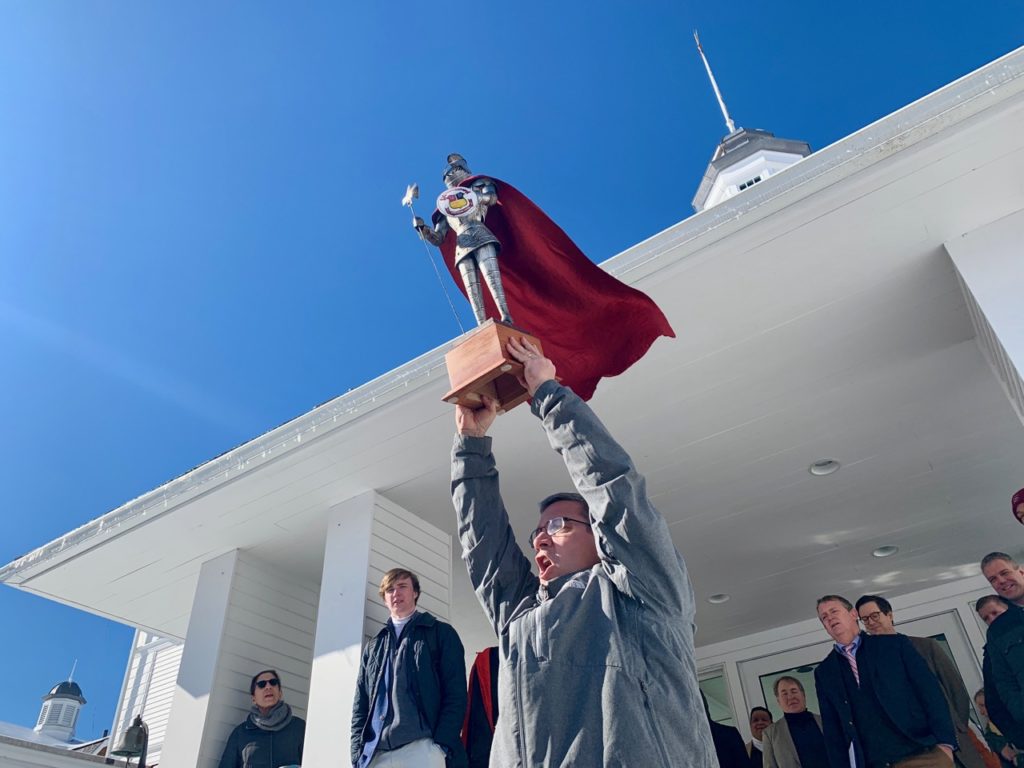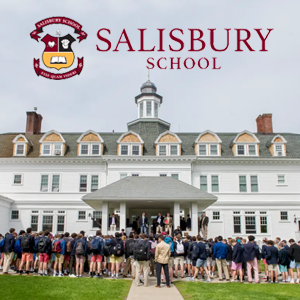A challenge, by definition, is supposed to be difficult. Wanted to put that reminder right up front. Because even though this was technically the inaugural Sarum Challenge for the Salisbury School, they achieved some pretty incredible results.
Granted this was the first year that they extended their challenge to five days when they had typically had a traditional single giving day, but still:
- Donors up 58%
- Alumni Participation up 4%
- First-Time Donors up 143%
- Alumni Who Increased Their Gift up 182%
Those are numbers you’ll take any day of the week.
And we don’t want to undersell it. Getting the Sarum Challenge off the ground was definitely a, umm, challenge. But results like that made it all worthwhile.
So, how’d they do it? We got in touch with Nicolas Emery, Associate Director of the Salisbury Fund, to find out.
“When Caitlin Kiley, Director of the Salisbury Fund and Alumni Relations, hired me last year, she really urged me to be creative, break the mold and take risks,” Nic said first and foremost. “That really set the tone for the whole event. I was really given a LOT of latitude in terms of trying to be creative and try new things.”
That’s a crucial first step. Having that freedom allowed Nic to get creative and take what some might consider a slightly untraditional approach. As the very first part of a prosperous project, it’s often overlooked. But as Nic can attest, without it the Sarum Challenge wouldn’t have been nearly as successful, if it even existed at all.
With that leeway in hand, Nic got to work. For Phase 1 he’d have to revive Salisbury’s volunteer program. The Class Agent program, as they call it at Salisbury, hadn’t been given much attention in recent years, so he set about rebuilding it.
For Phase 2, he’d have to turn his attention on restructuring their giving day. Spoiler alert: That volunteer network he spent a ton of effort rebuilding would be critical to its success.
Here’s how Salisbury approached it all.

PHASE 1
Engage Your Volunteers
Knowing he wanted an invested group of Class Agents, Nic set about breathing life back into the group. First, he surveyed everyone to see who wanted to recommit or step down. Once he’d established that baseline, the real work began. For that, he’s employed a few strategies.
- Recommitted volunteers – First up, getting back to a baseline. But they weren’t sure how many people on their list of volunteers were actually active. So they turned to a shockingly simple solution: They asked. Just a quick survey to see who was interested in recommitting to the Class Agents program and who might want to step down (no hard feelings, of course). Knowing he had a group he could count on, Nic could get on to the next step.
- Ongoing communication strategy – With a newly established group of volunteers, Salisbury set out to make sure they were as well informed as possible. So, Nic started a monthly e-newsletter to keep everyone up to date. He also rewrote Salisbury’s Class Agent Handbook, with an emphasis on clearly defining the role, which was helpful for current and prospective Class Agents.
- In-person meetups – Next up, hitting the road. Nic wanted to get out and meet as many volunteers as possible. So, he made trips whenever possible and set up happy hours in alumni hot spots like Boston and New York City. Getting facetime with Class Agents helped him learn who his volunteers really were and what motivated them. The personal connection also helped them feel even more connected to Salisbury and their role with the school.
- Dedicated tool – The last piece of the puzzle was getting some technology for his Class Agents to use. Salisbury launched Volunteer in the fall so they’d have a dedicated tool to help them do their jobs more effectively. With that, their volunteers would have all the tools necessary to manage their lists of donors, pull up information about individuals, track engagement and log gifts.
Now that his volunteers were recommitted, well informed and had the resources to help them act, Nic started thinking about how to reinvent Salisbury’s giving day. He learned some great lessons there, as well.
PHASE 2
Tap into Your School’s Culture
This might be our favorite thing Nic mentioned. Every school instills its culture into the student body and alums. Playing to that allows you to tap into some extra motivation. In Salisbury’s case, it meant dialing up the competition.
Salisbury, an all-boys school, has famously competitive students. So instead of a single giving day, as they’d traditionally done, Nic decided to test out a 5-day challenge. The reason: more time to get those competitive juices flowing. It allowed the Salisbury Fund to issue daily results then put those numbers in front of donors to encourage them to do more.
And so, the Sarum Challenge was born. And it worked like a charm.
To the point where the classes of 2011 and 1990 were neck and neck for the top spot. Nic couldn’t resist taking advantage. “Naturally I told both teams of class agents how close they were to each other…and this sparked an all-out battle to snatch the honors.”
For some added flair and one last bit of motivation, Caitlin bought a three-foot-tall knight statue (Salisbury’s teams are the Crimson Knights) and got some of the faculty to decorate it with a shield, cape and wooden pedestal. Then it served as the trophy for the class that came out on top.

Think about the unique attributes of your donor base and try structuring your giving day in a way that capitalizes on their inherent personalities.
Keep Up Communication
Another critical part of the Sarum Challenge was constant communication throughout the week. Dave Anchin, Salisbury’s Director of Advancement Services, built a website (from scratch!) that included class participation leaderboards and donor lists that proved crucial to the success of the challenge. The website was a key tool for the team to use while motivating potential donors and volunteers.
The school sent out emails to the donor base to keep them aware, but Nic kept his focus on updating the Class Agents. They did lion’s share of the work in drumming up donations by reaching out to classmates. Ultimately, they became the driving force of the event itself.
As those numbers we listed earlier attest, Salisbury reaped the benefits of this peer-to-peer outreach.
With a reengaged group of volunteers and a creative and active approach to their giving challenge (plus a whole lot of teamwork from the Salisbury staff), the Salisbury School saw incredible results. And it required little to no rocket science.
Their biggest problem now? Figuring out how in the world to set the right goals for the Sarum Challenge in 2020.
Want volunteers to lead your next giving challenge charge? Find out how Volunteer can equip them with the tools they need to leave their goals in the dust.
